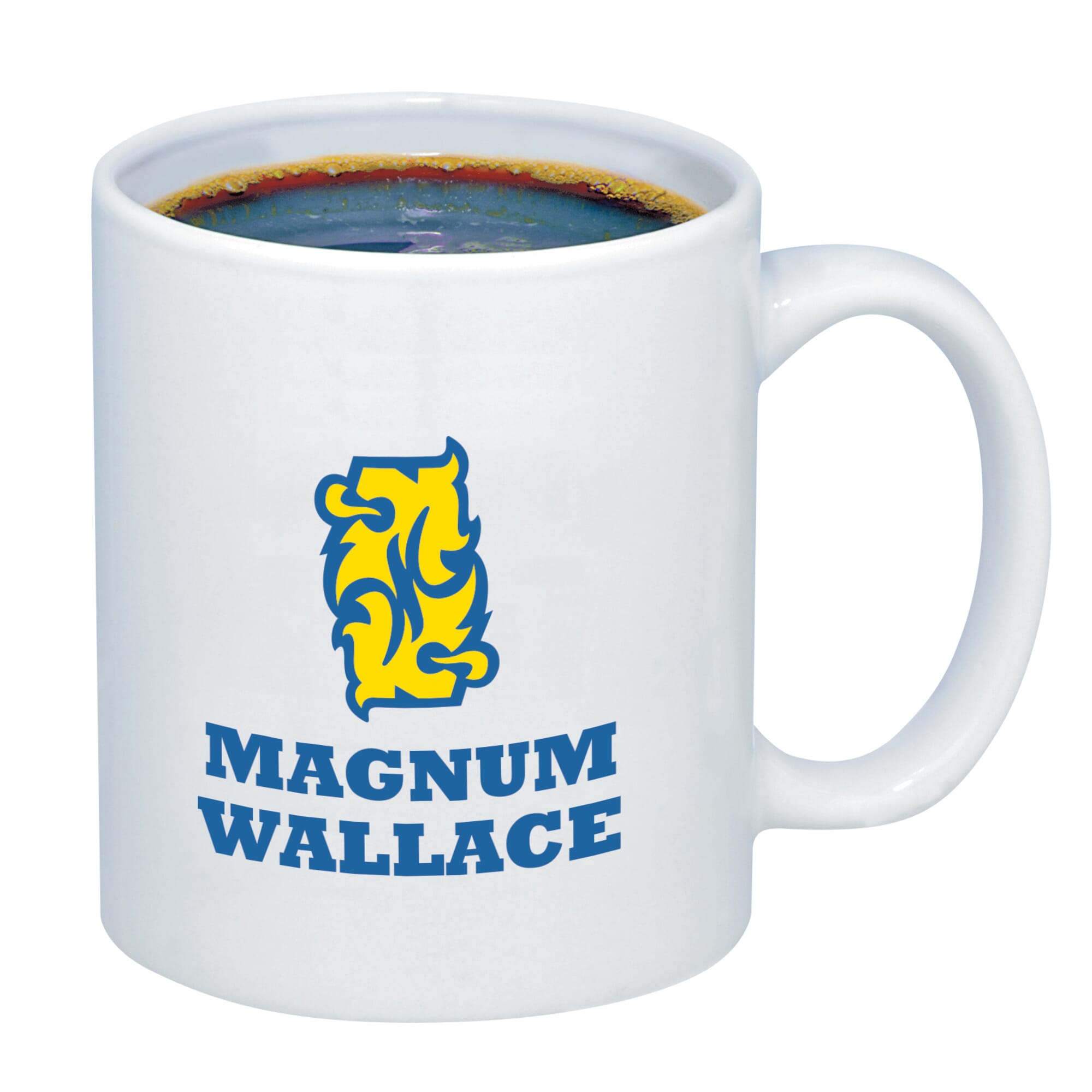Over the past four weeks, the GBP/EUR rate has followed a clear upward trajectory and today reached €1.1876, marking its highest level in a month. Analysts attribute sterling’s strength to a blend of monetary expectations in the UK and economic headwinds in the eurozone.
Rate Dynamics and Key Milestones
Between 12 April and 12 May, GBP/EUR climbed from just under €1.15 to €1.1876. The main phases were:
- Opening Phase (12–15 April): the rate held around €1.14–1.15, then briefly spiked above €1.17 amid volatile trading.
- Consolidation (16–22 April): minor swings around €1.16–1.17 as markets awaited inflation data from both the UK and the eurozone.
- Growth Impulse (23 April–5 May): following softer-than‑expected eurozone inflation figures and hawkish comments from the Bank of England, sterling surged past €1.17.
- Final Push (6–12 May): a series of positive UK economic surprises, coupled with euro weakness, propelled the rate to its monthly peak.
Key Drivers of Sterling’s StrengthUK Economic Data
- Recent jobs reports showed a drop in unemployment and rising average wages, reinforcing expectations of further Bank of England rate rises.
- Monetary Policy Expectations
With eurozone inflation cooling, investors have favoured sterling, pricing in a stronger probability of UK rate hikes, while the European Central Bank remains cautious amid uneven growth. - Geopolitical and Energy Pressures
High energy costs continue to burden eurozone economies, whereas the UK has hedged some of those risks, leaving sterling comparatively robust. - Trade Balance Effects
A decline in energy imports and growth in services exports (particularly in tourism and financial services) have supported sterling, in contrast to the euro’s weaker external accounts.
Benefits and Risks for Business








